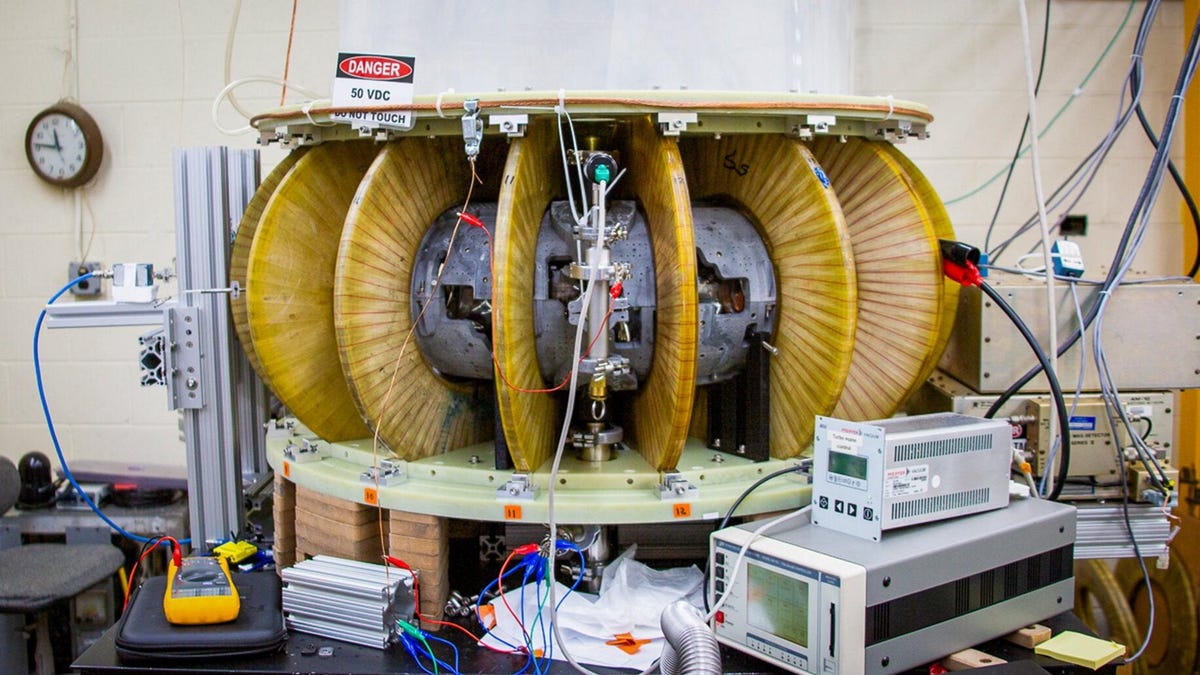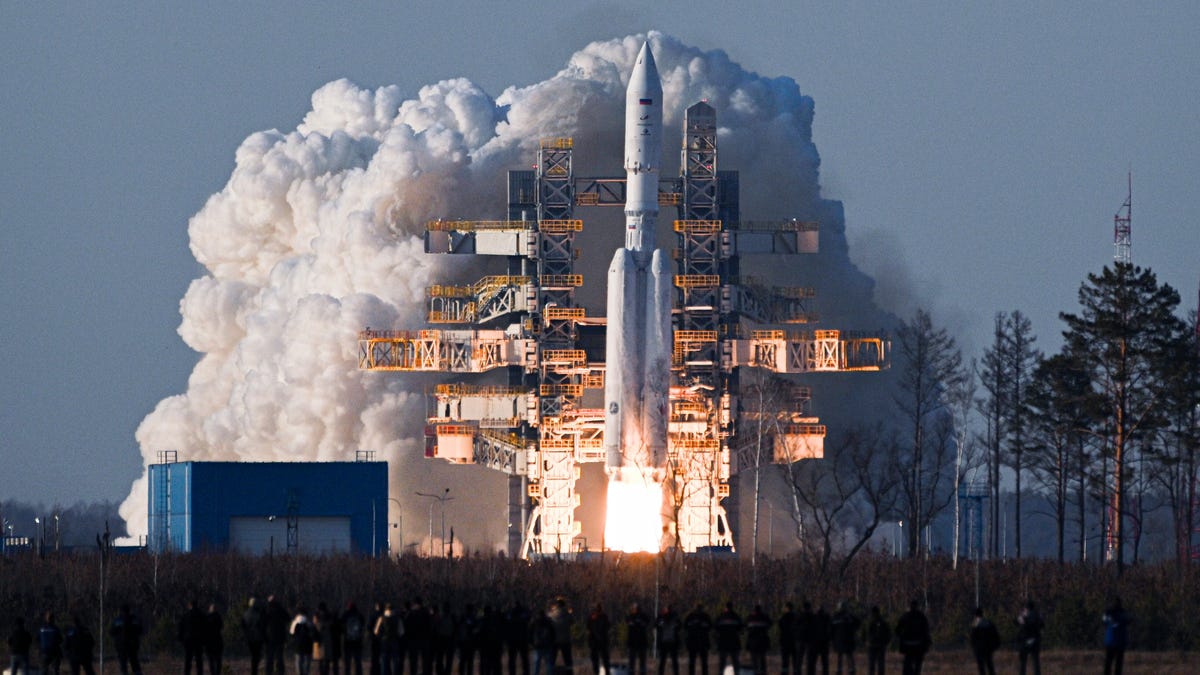Revolutionizing Nuclear Fusion with Innovative Magnet Technology
A team of physicists and engineers at Princeton Plasma Physics Laboratory has recently developed a groundbreaking twisting fusion reactor known as a stellarator. This innovative reactor utilizes permanent magnets, setting a new standard for cost-effective construction of powerful fusion machines. The experimental project, aptly named MUSE, incorporates a diverse array of components, including 3D-printed materials and off-the-shelf parts.
The Potential of Nuclear Fusion
Nuclear fusion, the process that fuels stars such as our Sun, holds immense promise as a virtually limitless energy source. By merging atomic nuclei, this reaction generates vast amounts of energy. It’s important to note the distinction between nuclear fusion and nuclear fission, the latter being the reaction harnessed by current nuclear power plants. While fission is an established technology, fusion remains a challenging frontier for scientists due to its complexity and high-energy requirements.
The pursuit of viable fusion energy solutions involves overcoming significant technological hurdles, including scaling the technology and ensuring commercial feasibility. Stellarators, like the one developed by the Princeton team, are complex devices shaped like a cruller. They house high-temperature plasmas that can be manipulated to create optimal conditions for fusion reactions. These devices share similarities with tokamaks, which are doughnut-shaped fusion reactors that rely on electromagnetic solenoids to induce plasma confinement.
Unlike conventional tokamaks, the MUSE experiment leverages a novel approach by utilizing permanent magnets for plasma confinement. This innovative method represents a departure from traditional designs and offers a more agile platform for testing new ideas and building advanced fusion devices. The use of permanent magnets eliminates the need for electric current, allowing for rapid prototyping and experimentation.
The Role of Permanent Magnets in Fusion Reactors
Permanent magnets possess unique properties that make them ideal for fusion applications. These magnets can generate and sustain magnetic fields without the need for continuous power input, making them highly efficient and reliable. By integrating rare-earth permanent magnets into their design, the Princeton research team achieved a breakthrough in plasma confinement, enabling controlled fusion reactions to take place.
Michael Zarnstorff, a key researcher on the MUSE project, emphasized the significant impact of permanent magnets in reshaping fusion reactor design. By affixing these magnets to a 3D-printed shell, the team demonstrated the feasibility of using off-the-shelf components for cutting-edge fusion experiments. This innovative approach opens up new possibilities for enhancing plasma confinement and advancing fusion research.
Future Prospects and Challenges in Fusion Energy
Despite recent milestones in fusion research, such as achieving breakeven in fusion reactions at Lawrence Livermore National Laboratory, significant challenges remain on the path to commercial fusion energy. While breakthroughs like laser-driven fusion represent important achievements, the road to scalable fusion power is long and complex. The integration of technologies like permanent magnets in stellarators and other cutting-edge innovations paves the way for improved experimental setups and enhanced plasma performance.
By continuing to refine fusion technologies and optimize reactor designs, scientists are inching closer towards the realization of practical fusion energy solutions. The ongoing efforts to harness the potential of nuclear fusion hold the promise of sustainable, clean energy sources that could revolutionize the global energy landscape.
Image/Photo credit: source url





